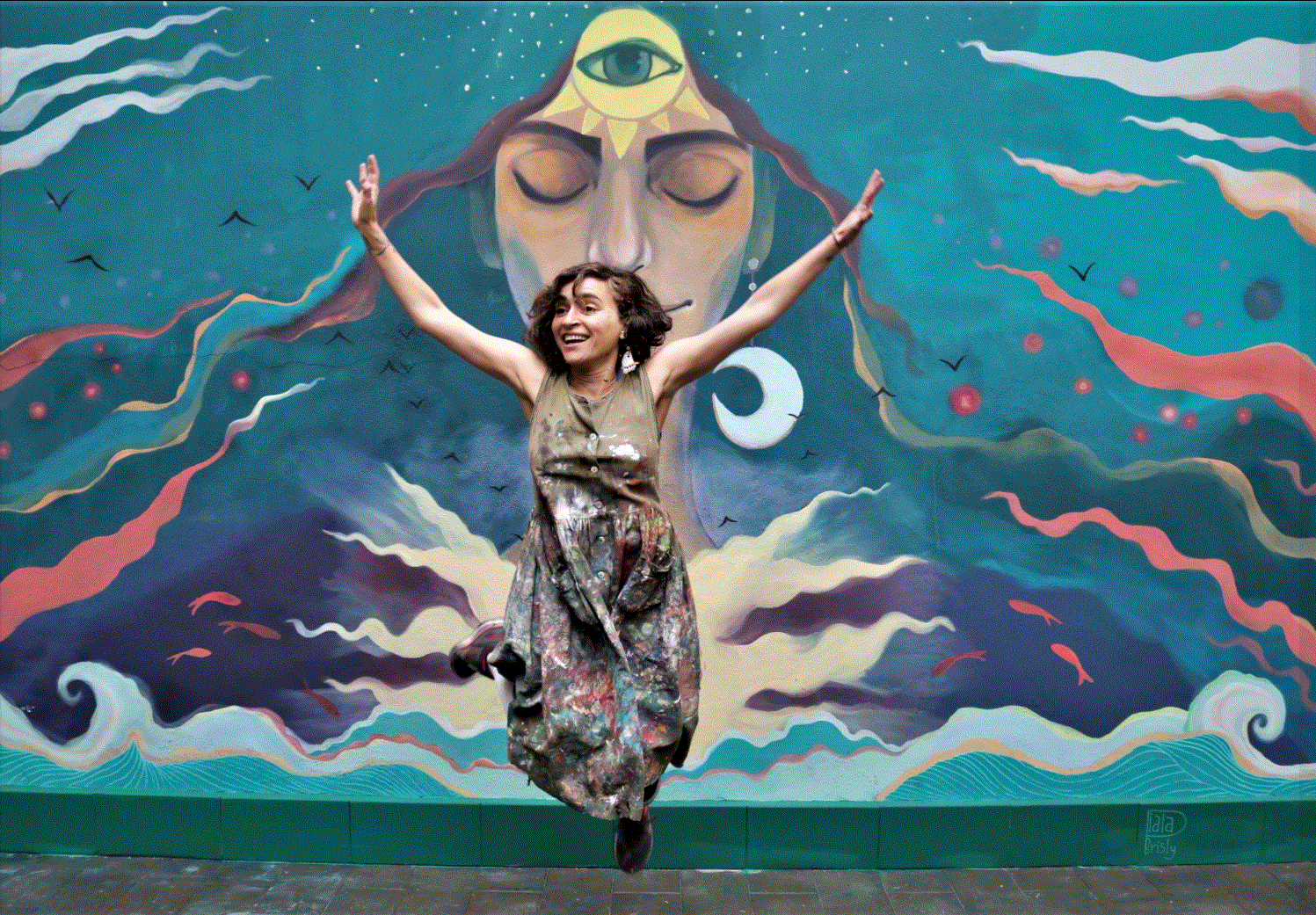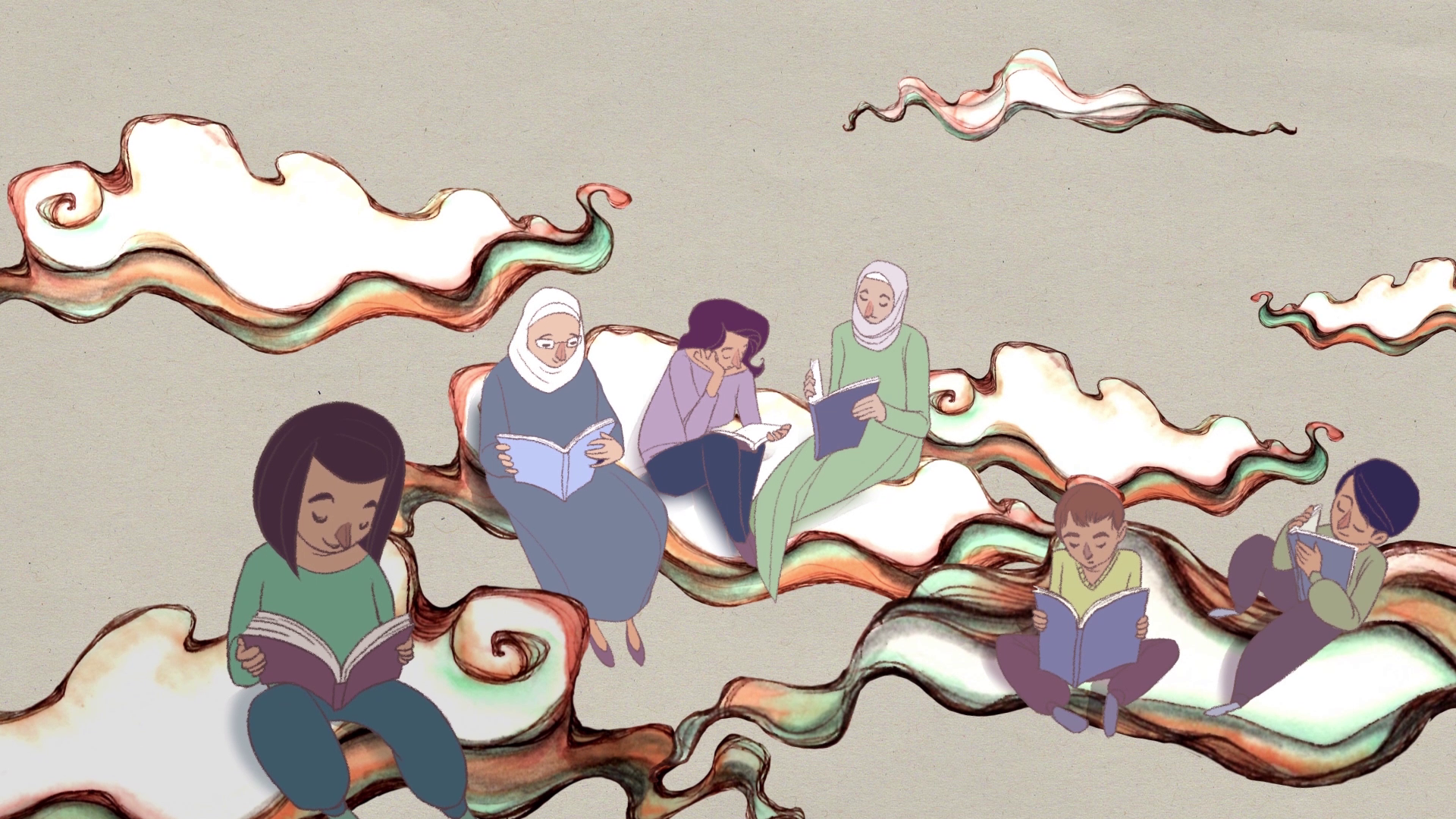
Resistance Takes Many Forms


While a key finding is that the individuals whose stories we collected often expressed a strong sense of responsibility to resist conditions of violent conflict and repression and fight for social justice, the form in which this drive manifested itself varied greatly. People are fighting injustice and creating change in diverse and creative ways, for example by setting up educational initiatives, restoring a hospital, protesting on the streets, or creating art.
In the contexts we studied, conventional political action is not always possible, but we found that processes of historical transformation and resistance can take place on a smaller scale in less obvious but no less important realms. People infuse mundane acts with much wider political implications in contexts where direct political action is unlikely to lead to anything but imprisonment, death or exile.
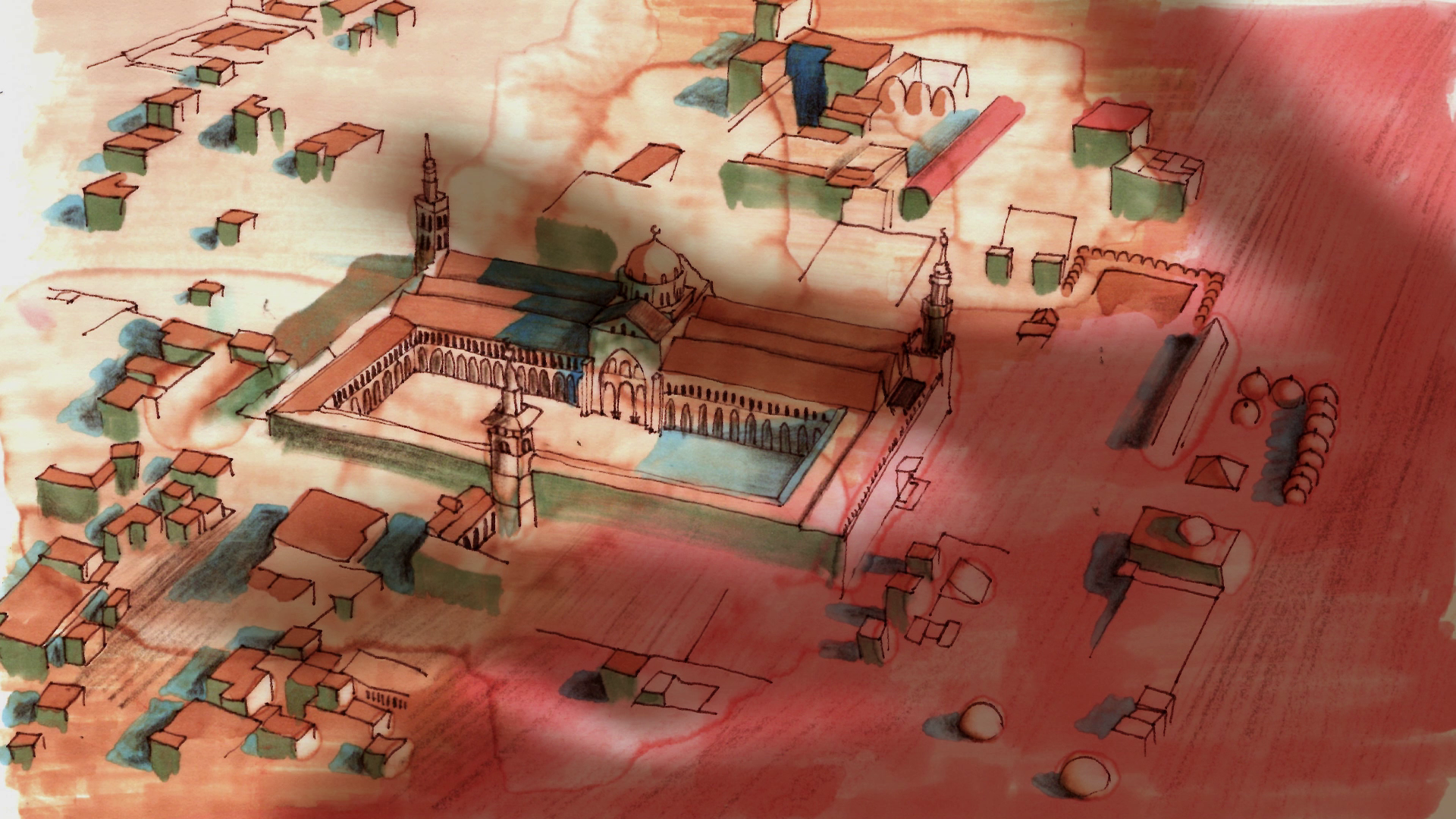
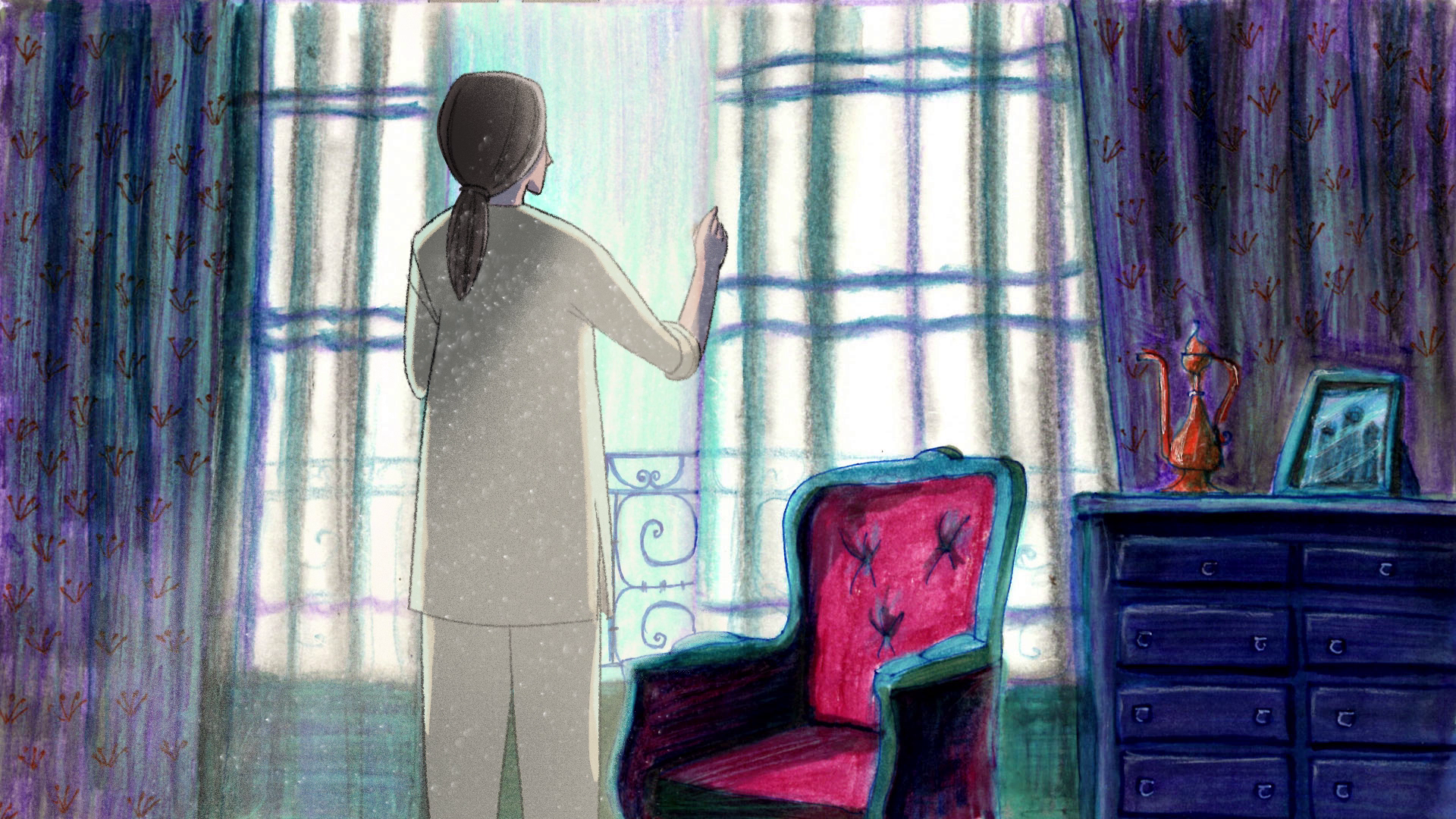
Humanitarian action
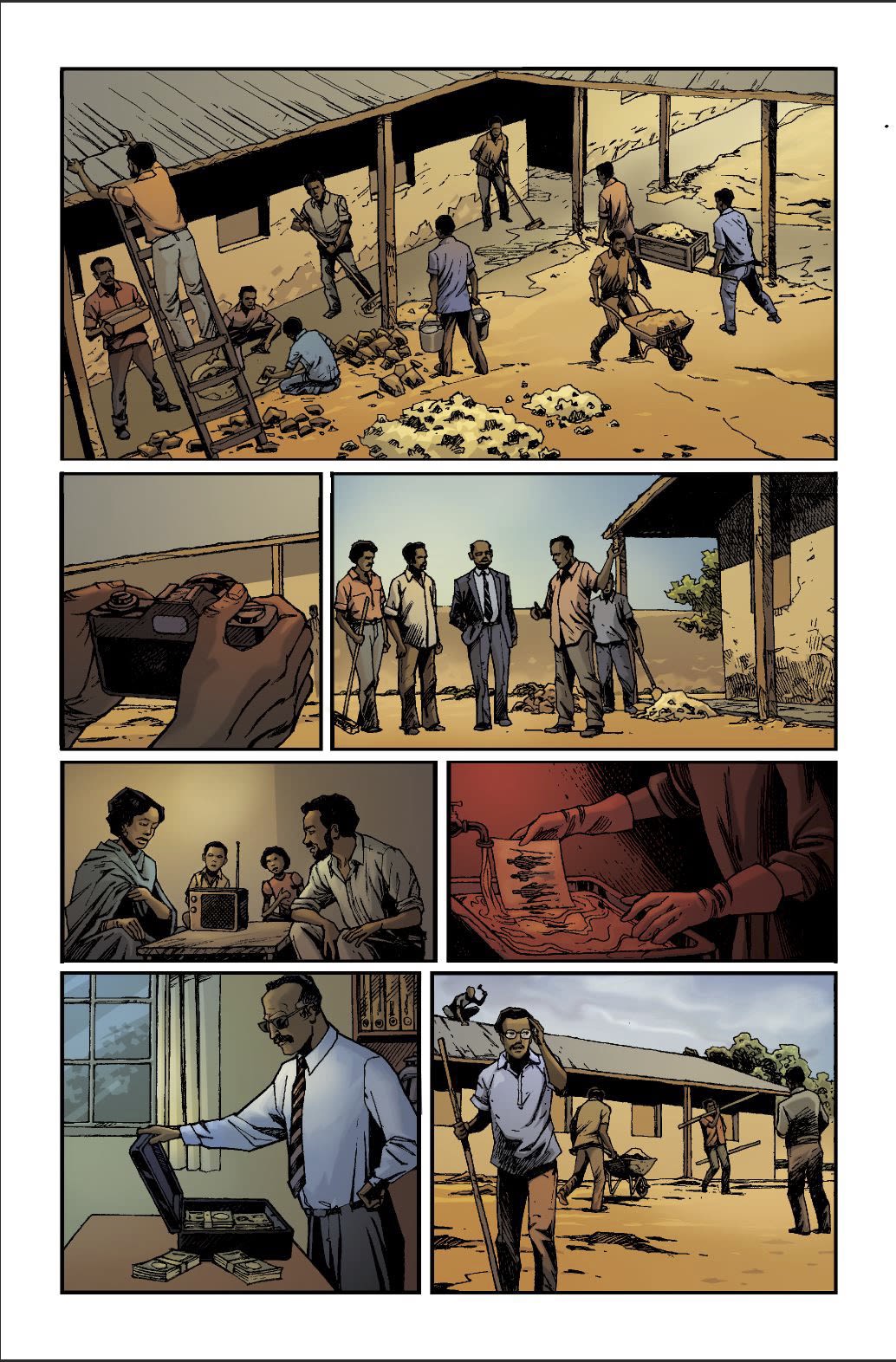
Humanitarian action – by groups of people who act from a professional sense of duty and care – can have more politically explosive consequences and transformative potential than political action in the more conventional understanding. Such 'heroic resistance' may strengthen principles of collective solidarity and dignity, mobilize the community and threaten state legitimacy.
Heroes aren’t only individuals with unique personality traits who act on their own and engage in open, high-risk action in the political realm. An example of this is the restoration of a hospital in Hargeisa by a dedicated group of young doctors and teachers during the dictatorship in Somalia.
Secondary school students in Hargeisa at the time were morally outraged that their teachers and doctors who were only doing humanitarian work had been arrested. The arrests sparked the first open street protests against the dictatorship. It became a political awakening for the students.
Education
One crucial area of political resistance is education. While the education system can be used by states to control populations and minds by shaping collective identities and framing history in ways that consolidate power, it is also a very common arena of resistance against repression. It affords the possibility of engaging in resistance in ways that avoid direct political confrontation.
"What drives me to remain a teacher is this: I will keep on striving for what is left of my country and the revolution with my friends and pupils, because there are still children that need help. If I contribute to a child's education, it means that he will be able to read and write and nobody will be able to fool him. He will be a supporter in the future [...] the regime thugs won’t be able to recruit him. I build his resilience and strength. This is what I work for. Maybe I will die without being able to achieve this goal, but I will be at peace with my conscience".
"Ramiz", June 2018 (Selvik 2021)
Resistance in this case is a matter of preventing ignorance: containing the education crisis that threatens the Syrian people. It is a question of empowering the next generation so that powerholders with bad intentions will not be able to manipulate them. Read more here.
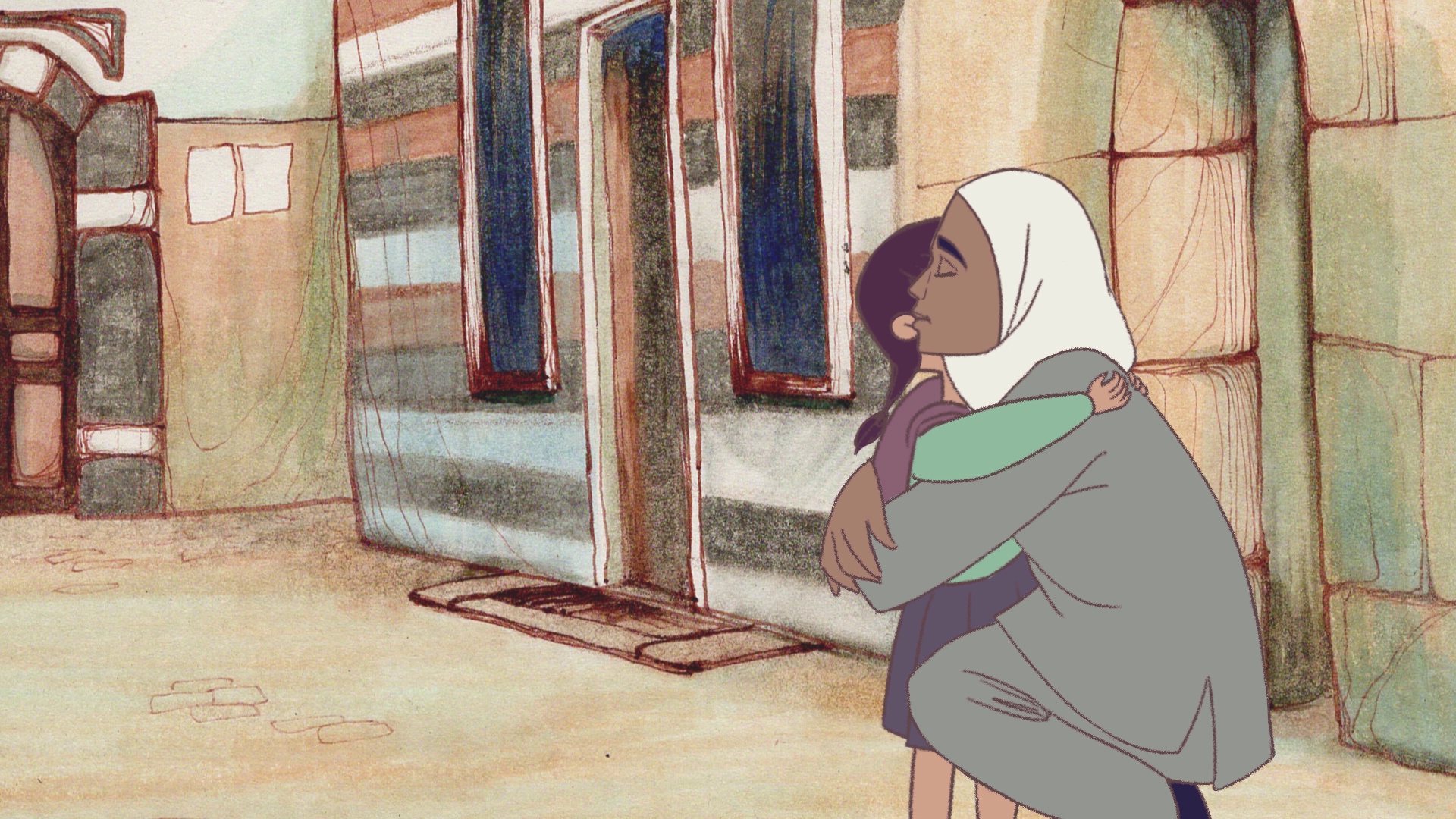
Impoverished, ethnic minority areas of rural Myanmar, face grave discrimination. In these areas, access to education is limited. The struggle for education has motivated young people to develop their own community schools to provide education in rural areas and give hope to new generations.
“Passing high school is what saved me. My friends who did not pass, had no chances in life […]. With our school we want to give our youths the tools to create a better future”.
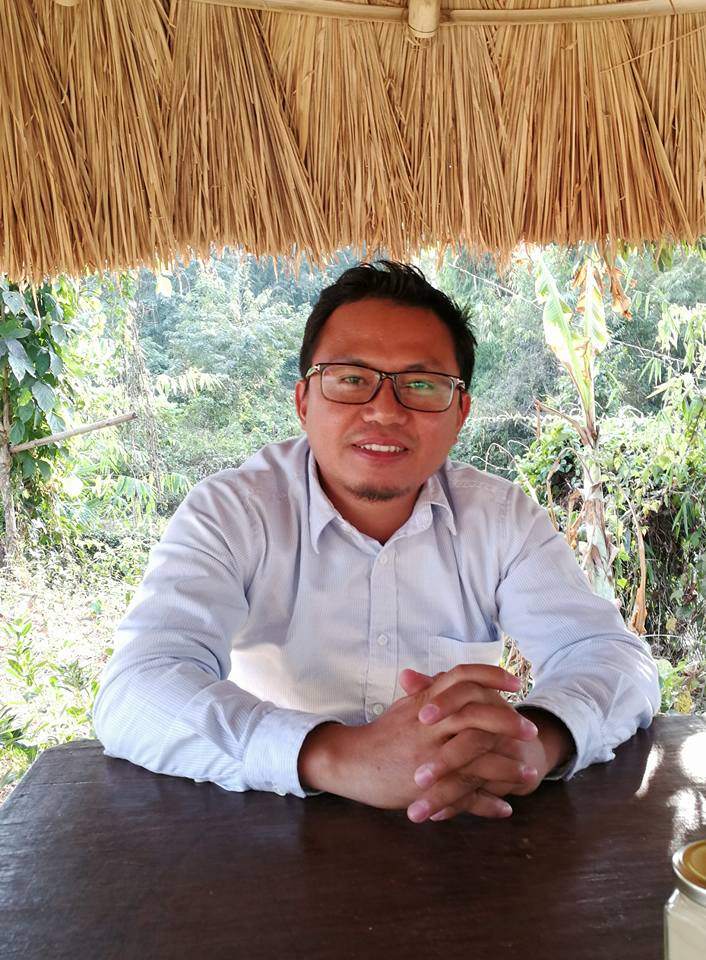
La San Awng, co-founder of community school
La San Awng, co-founder of community school
Art
Art can construct dominant narratives, but it can also question or unsettle them. Theatre and poetry, for example, can continue to provide critical commentary in times of political oppression as well as during and after war. When other arenas for free expression are severely restricted, artistic practice can offer a way to resist in indirect or hidden ways.
In Somaliland, poetry that talked about love but had hidden meanings known to the audience was recited in small groups. Student protesters in the 1980s mentioned the poetry cassettes they shared as inspiring them in their struggle against the repressive regime.
"The poems were so powerful. It was like a knife, like a sword, that motivated people to protest […] They were saying that ‘as a society the regime took our rights and killed us. Let's overcome that injustice!’ Like that. They were creating awareness."
- "Nasra", Hargeisa (Tellander, forthcoming)
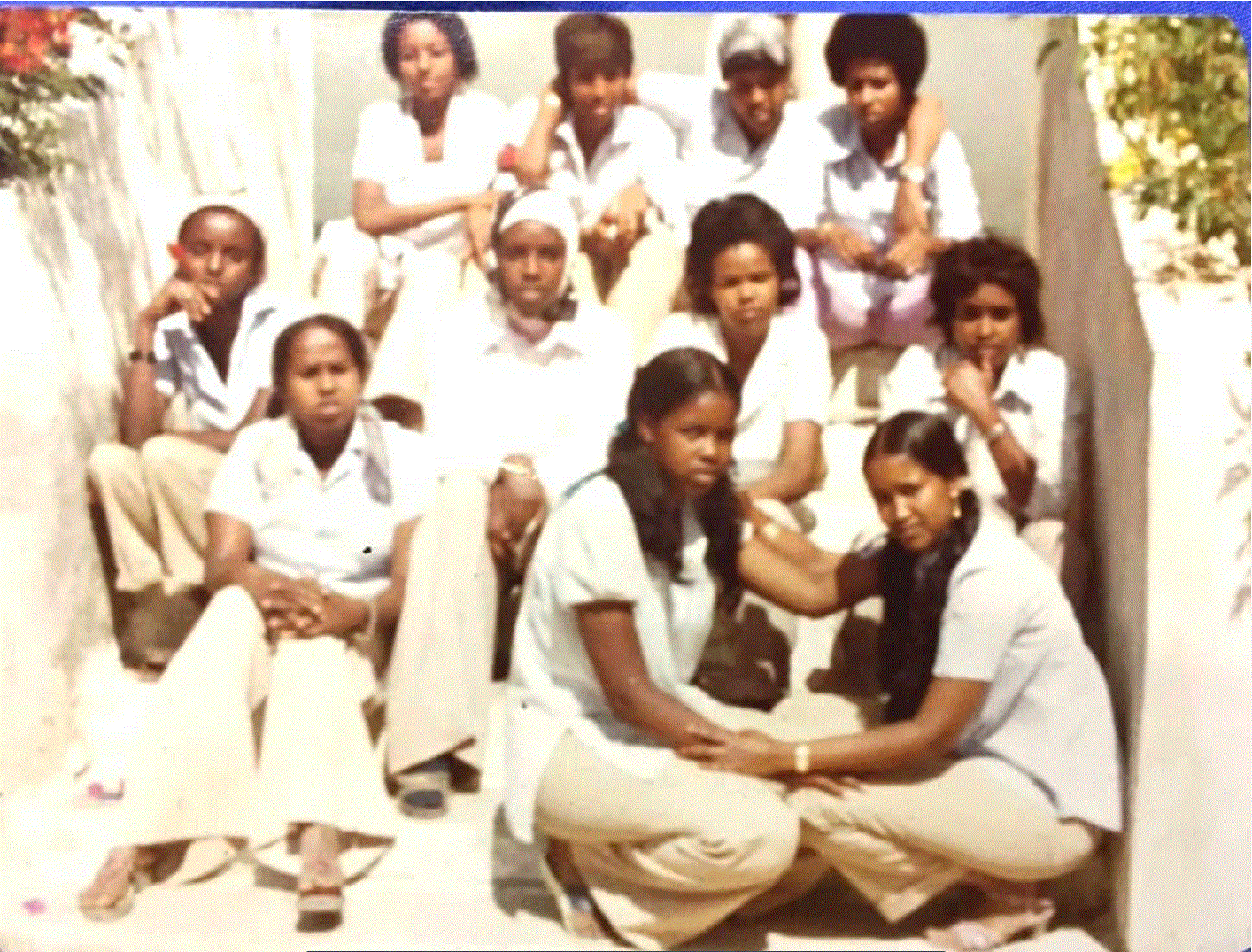
There are many ways in which art can influence collective action as well as individual motivations to stand up against injustice.
In Myanmar, students described the role of novels in developing their critical thinking whereas songs, banners and symbols helped shape a sense of a shared identity. In Syria, the civil uprising created awareness of the many creative artists that existed in a society that had been severely repressed and censored for decades. Syrian visual artist Diala Brisly, who created the animation ‘A future for Syria’ for the project, explained this in a seminar in Oslo.
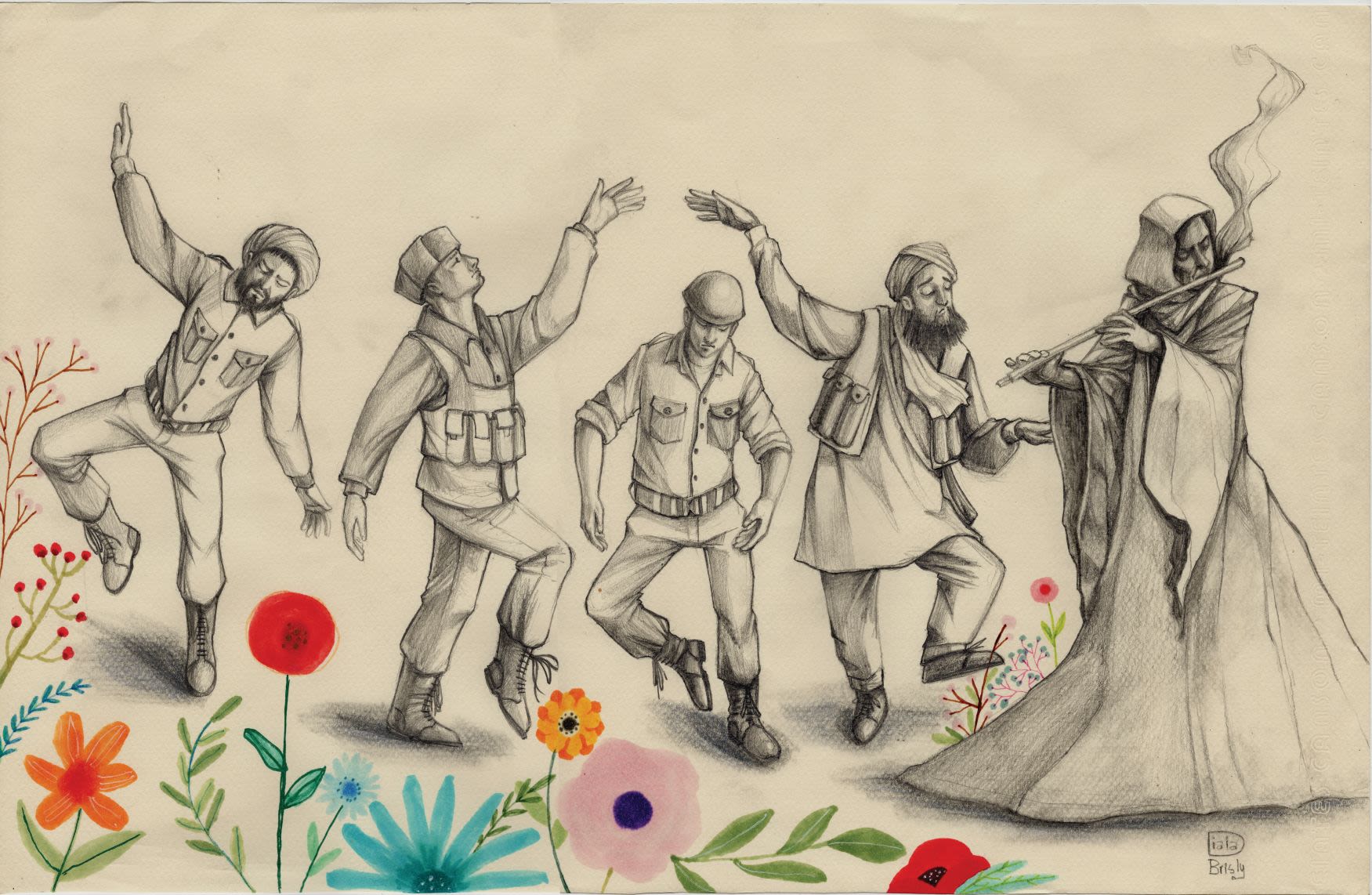
"I was really surprised about how many artists we have in Syria, and we never knew anything about each other. This is exactly what scares the government […] Drawing about the war itself, the kids that are suffering, this is scary for the government.
Everything, anything we express about what is happening, it could be scary and threatening the… authority of the Syrian regime. Even this blood, the red thing, everything could be scary. All the symbols in the drawings, not just in my artwork, but in general in all Syrian artwork. And yeah, many Syrians… I never heard about them, I never knew that we had this much creativity." (Diala Brisly, 'Art, Peace and Conflict', April 2019, Oslo).
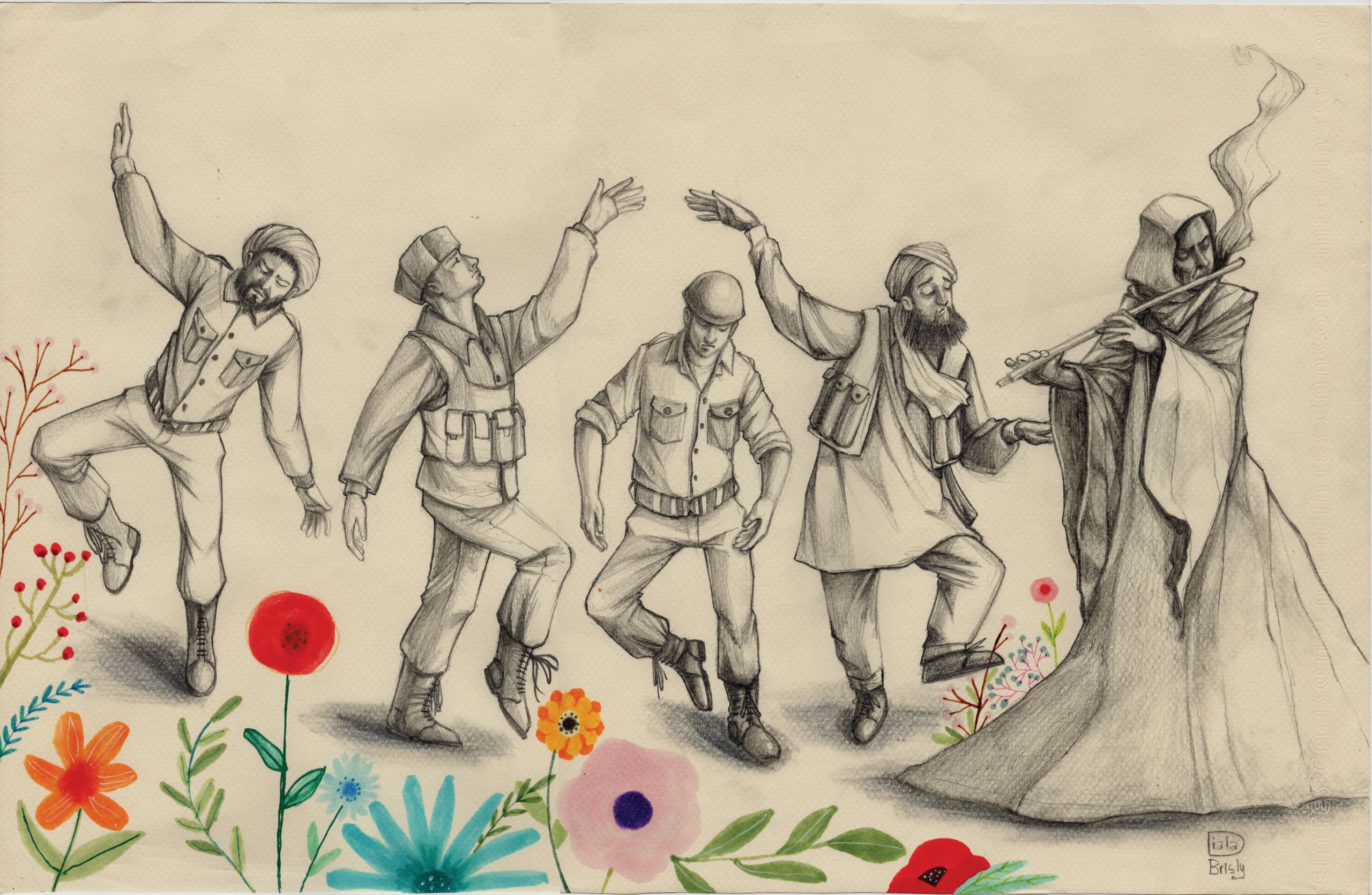
"Yes, art is maybe something soft, it is not like building a city or… but it is building something from inside. It is no less important. I know it looks like a luxury to do art but it is not like something you just hang in your living room, just for decoration. It is more than this" (Diala Brisly, February 2021).
